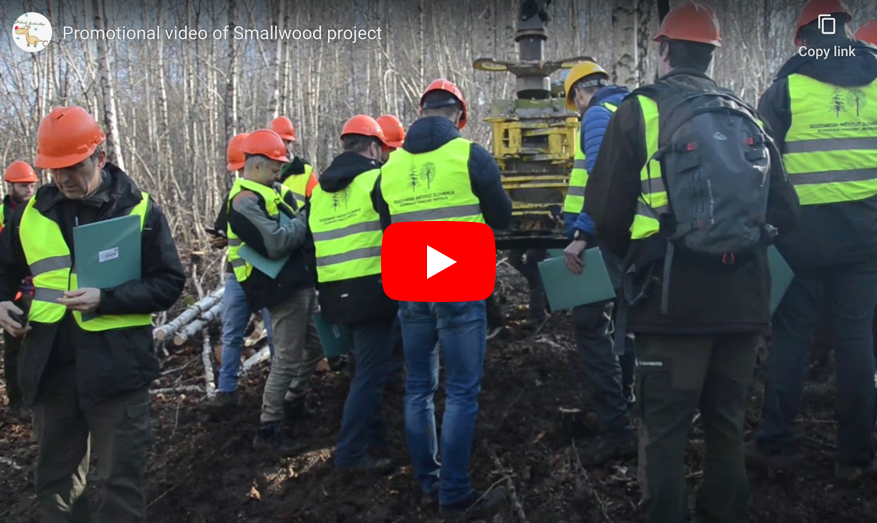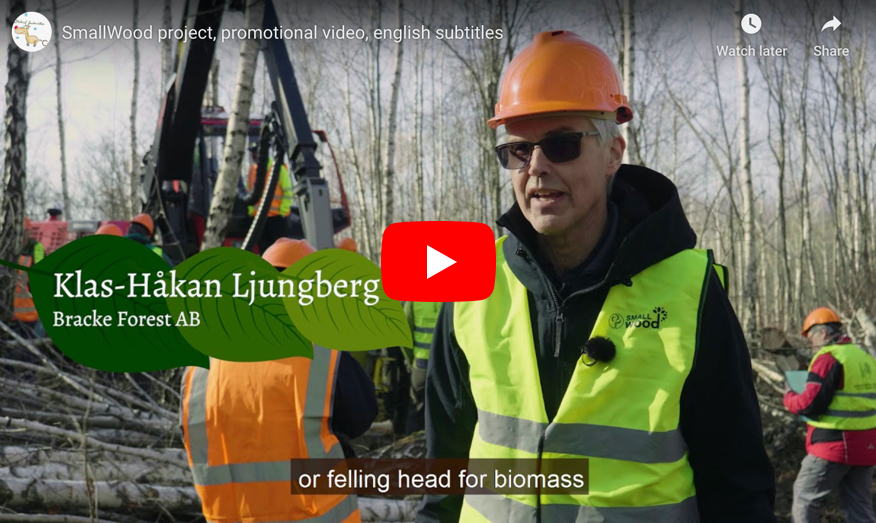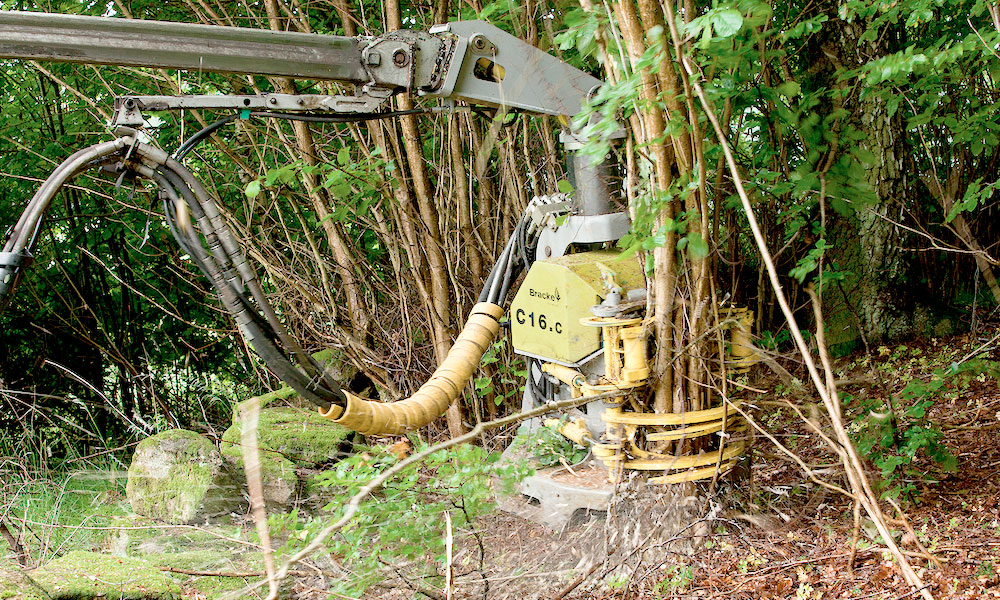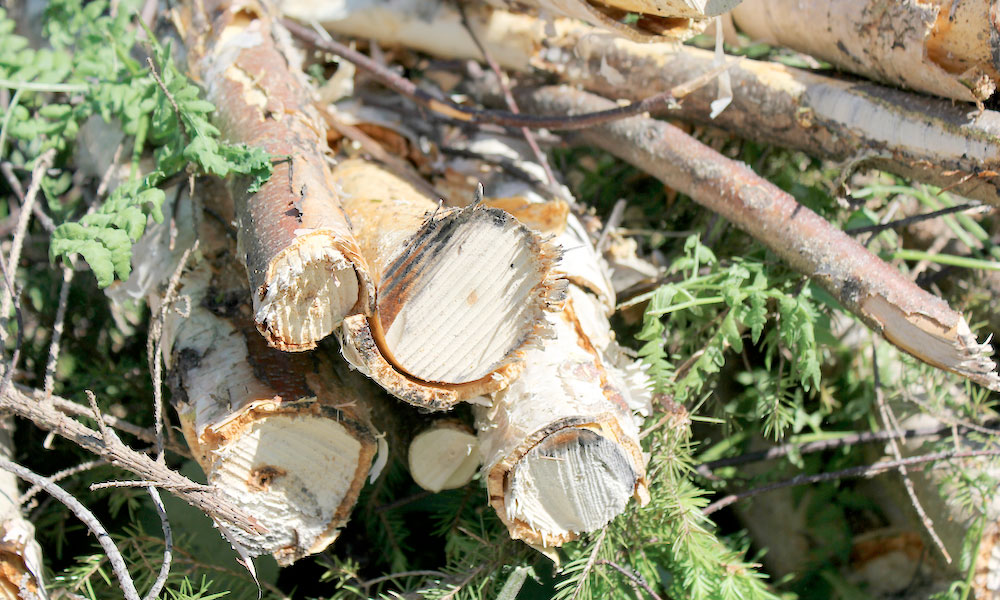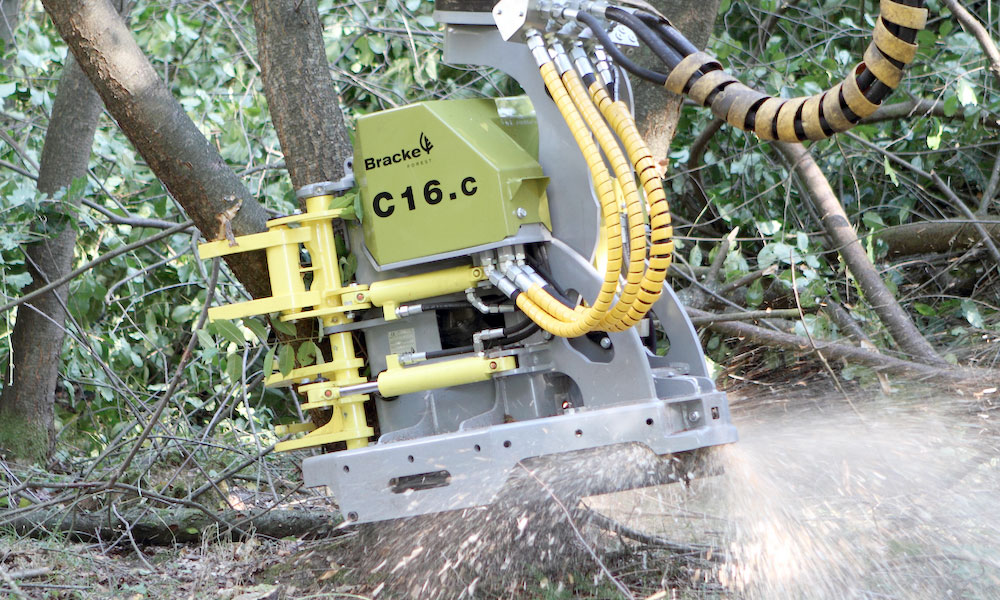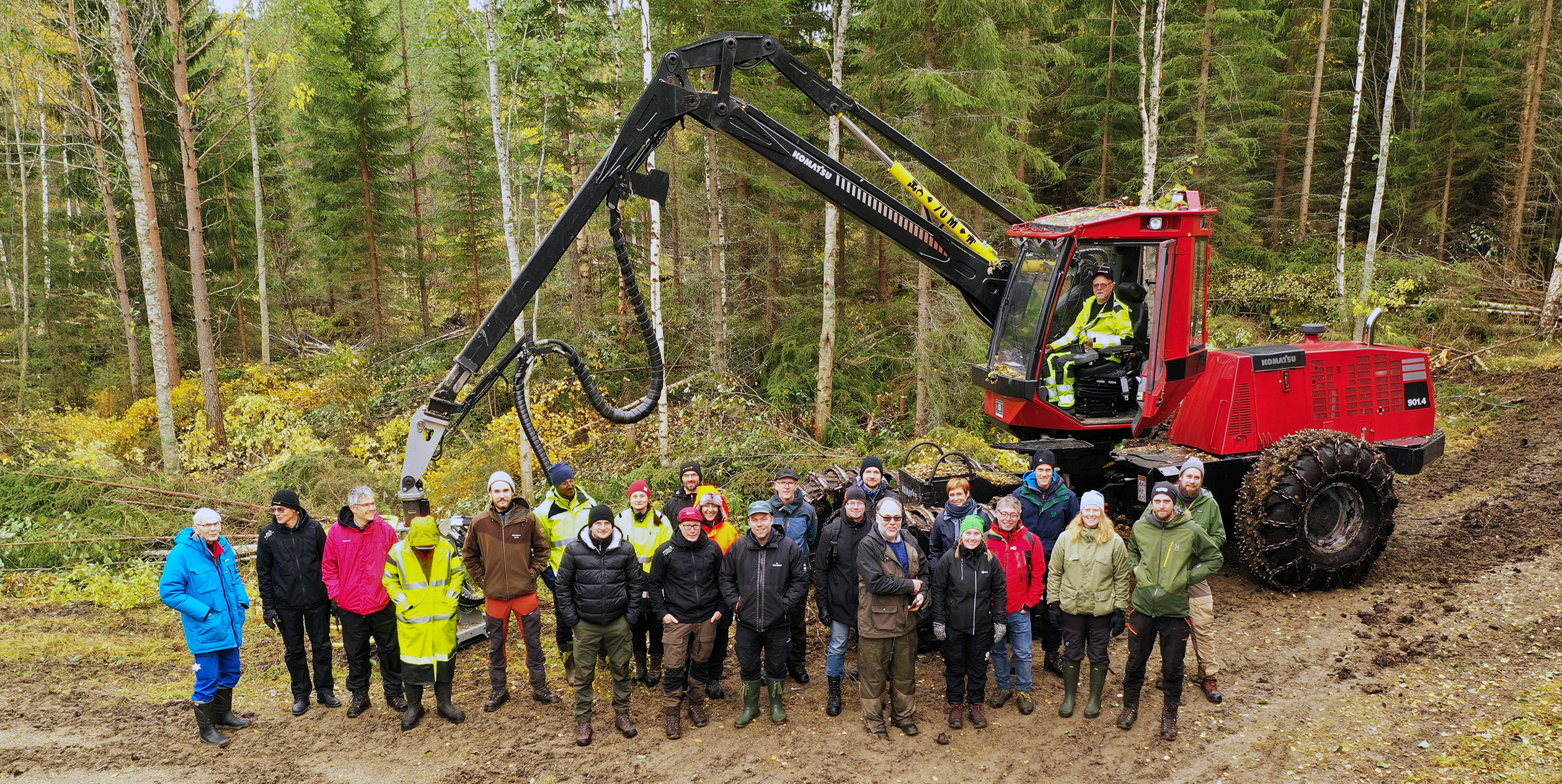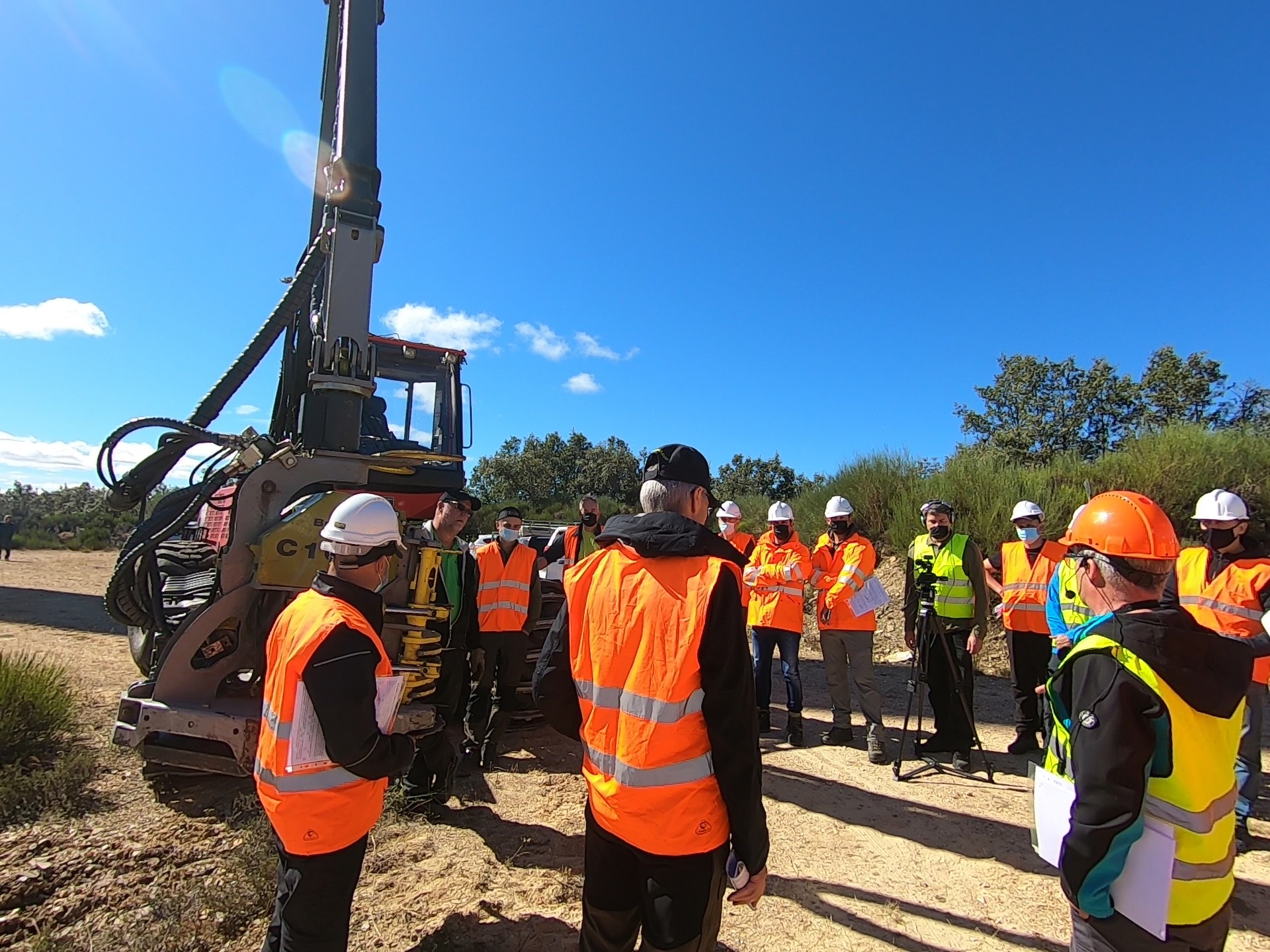WP 2 / Harvesting and supply systems for innovative and sustainable management of multifunctional SDS.
The research methods in WP2 encompass field time studies of HEI1 and HEI2, of which HEI1 will be studied in all four countries and HEI2 will only be studied in Spain. Studies in Sweden and Finland will be done in SDS1, in Spain in SDS2 and SDS3 and in Slovenia in SDS1 and SDS4. All field studies will include a reference alternative, meaning a conventional technique and working method at present used to handle the different types of SDS stands. Traditional system analyses will also be performed in WP2, based on the field study results and data from literature.

